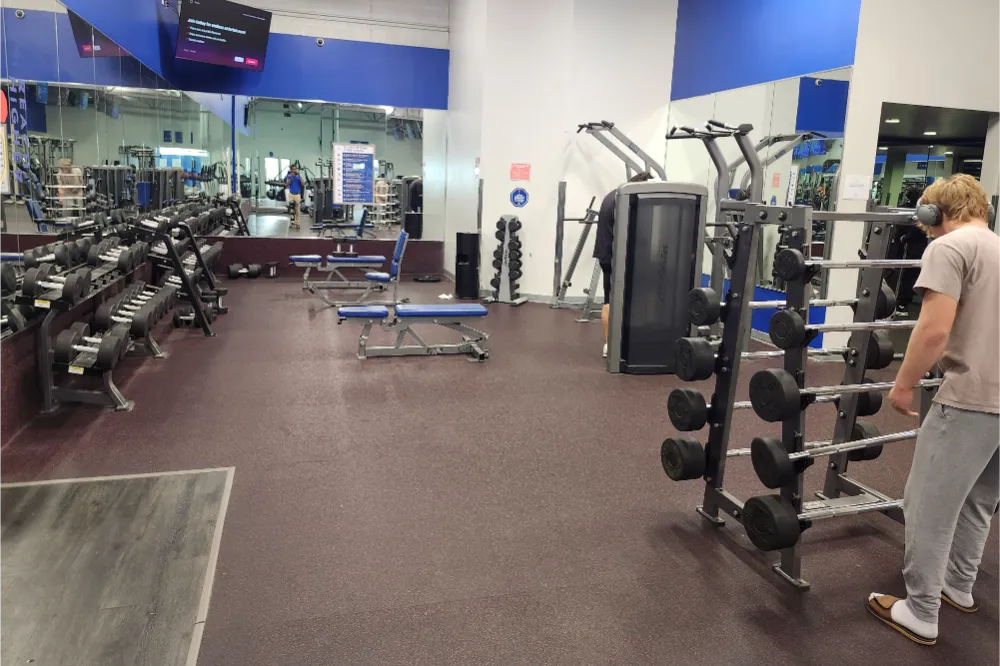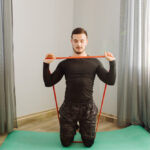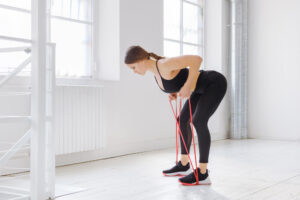When you’re starting a new journey into the world of fitness and well-being, choosing the right practice that aligns with your health goals and lifestyle can be daunting. Two popular options that often come up are Pilates and Yoga. Though they might seem similar at a glance, each offers unique benefits and experiences based on their distinct practices.
Historical background
Pilates:
Developed by Joseph Pilates in the early 20th century, Pilates was initially created to rehabilitate injured soldiers during World War I. Joseph Pilates believed in the interconnection of mind and body and developed this system to strengthen both through controlled movements. After the war, he introduced Pilates to the United States, where it became popular especially among dancers and performers for its ability to improve core strength, flexibility, and overall physical endurance.
Yoga:
In contrast, Yoga has its roots deeply embedded in ancient India, with a history that dates back over 5,000 years. Yoga is more than just physical postures; it’s a comprehensive philosophical tradition that includes physical exercises (asanas), meditation (dhyana), and ethical precepts. The primary aim of Yoga is to achieve spiritual enlightenment and harmony between the mind and body, making it a holistic practice that enhances one’s lifestyle beyond just physical fitness.
Core principles and philosophies
Principles of Pilates:
Pilates is built on the concept of controlled movements and precise alignment with an emphasis on core strength, which Joseph Pilates referred to as the “powerhouse.” The six core principles of Pilates include Concentration, Control, Centering, Flow, Precision, and Breathing. Each principle is crucial as it ensures the exercises are performed with maximum efficiency and minimal risk of injury. Pilates encourages the use of the mind to control the muscles, focusing particularly on awareness of the spine’s alignment, and the deep core muscles.
Philosophies of Yoga:
Yoga, on the other hand, is founded on a set of ethical principles known as the Yamas and Niyamas, which guide practitioners on their personal and social conduct. The philosophy of Yoga extends beyond the physical to include mindful living, mental clarity, and spiritual growth. The practice emphasizes the unity of mind, body, and spirit and is often considered a way of life rather than just a workout regimen. Breathing techniques (pranayama), meditation, and enduring poses collectively seek to foster an environment of self-reflection and inner peace.
Physical and mental benefits
Pilates:
Physically, Pilates is renowned for its ability to improve core strength, enhance flexibility, and increase overall muscle tone and endurance. The exercises in Pilates target the deeper muscles of the abdomen and the back, creating a strong foundation that supports the entire body. This makes it especially beneficial for improving posture, alignment, and balance. Mentally, Pilates encourages a connection between the mind and body, which helps in reducing stress and increasing mental focus and clarity.
Yoga:
Yoga offers a comprehensive range of physical benefits, including increased flexibility, greater strength, improved balance, and enhanced muscular control. Additionally, the various asanas (poses) help detoxify the body and stimulate vital organs. On the mental front, Yoga is highly effective in reducing stress and anxiety, thanks to its meditative practices. Regular practice promotes a greater sense of peace, improved concentration, and a new depth of awareness both internally and externally.
If this was enough to convince you to stick with yoga, see what beginner yoga classes at Sanford are right for you.
Key differences
While Pilates and Yoga share some similarities in the integration of mind and body, key differences set them apart:
Focus on physical alignment
Pilates is highly focused on the correct posture and encourages precision with every movement. This makes it particularly useful for rehabilitation from injuries. Yoga, while also concerned with alignment, places more emphasis on the flexibility and fluidity of movements, connecting poses with the rhythm of the breath.
Types of movements
In Pilates, movements are often more dynamic and involve muscle groups that may be neglected in other forms of exercise. It’s primarily about movement from the center of the body, which develops core strength. Yoga movements are generally broader and involve stretching and holding poses that enhance flexibility and muscular endurance.
Impact on mental health
Both practices promote stress reduction and mental clarity, but Yoga often goes deeper into meditation and mindfulness, which can lead to profound spiritual insights. Pilates focuses more on the concentration and control of movements, which enhances mental discipline and focus.
Final thoughts
Deciding between Pilates and Yoga comes down to personal preferences and fitness goals. Pilates offers a structured approach focusing on core strength, posture, and alignment, making it ideal for those seeking physical rehabilitation and functional fitness. Yoga, with its diverse styles ranging from the relaxing Hatha to the intense Ashtanga, caters to those looking to enhance flexibility, reduce stress, and achieve spiritual balance.
If you’re still on the fence about which path to choose, why not experience Yoga firsthand in a supportive and welcoming environment? For those in Sanford, HiTone Fitness is offering a fantastic opportunity to dive into Yoga with a 3-day free pass. This is your chance to explore various Yoga styles and find the one that resonates with your body and spirit, all at no cost.







